b. April 14th, 1894 in Chattanooga (Tennessee)
d. September 26th, 1937 in Clarksdale (Mississippi)
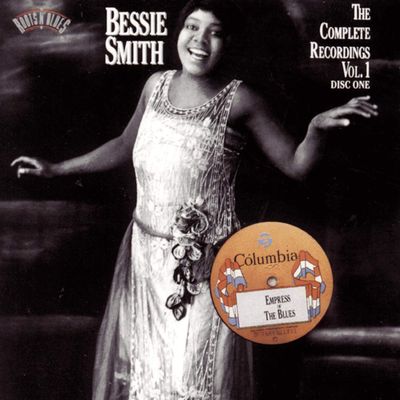
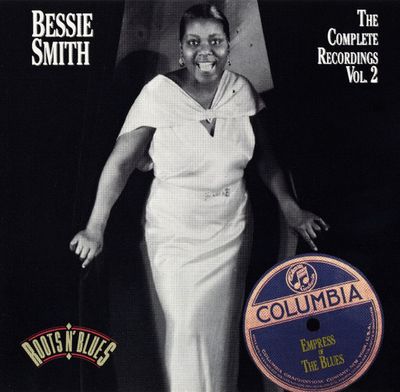
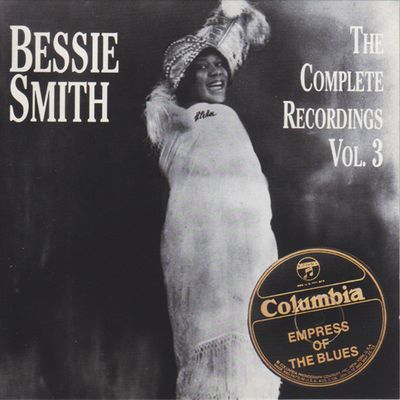
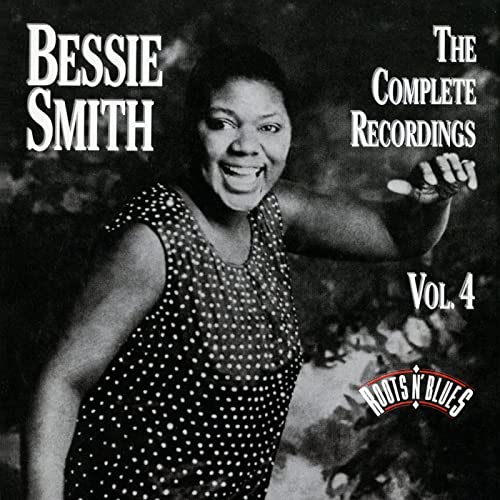
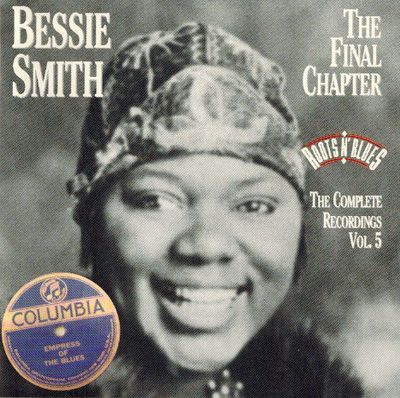
THE COMPLETE RECORDINGS
Columbia
Volume 1 (February 1923 - April 1924)
Volume 2 (April 1924 - November 1925)
Volume 3 (November 1925 - February 1928)
Volume 4 (February 1928 - June 1931)
Volume 5 (May 1925 - November 1933)
Fille de Laura et William Urie, elle eut une enfance difficile. Ses parents sont morts alors qu'elle était encore jeune et elle a vécu dans la pauvreté. Avec son frère Andrew, Bessie chante et danse aux coins des rues à Chattanooga. Embauchée comme danseuse grâce à son grand frère Clarence, elle aurait suivi l'enseignement de Ma Rainey pour apprendre à chanter le Blues. Alors que Bessie est devenue une chanteuse à la renommée régionale autour d'Atlanta, elle est signée par Columbia par le découvreur de talents Frank Walker. Sa première séance d'enregistrement pour Columbia a lieu en février 1923. Bessie connait un premier succès avec "Downhearted blues", une reprise de la chanteuse Alberta Hunter. Surnommée rapidement Queen of the Blues, elle grave environ 160 titres pour Columbia, accompagnée par quelques grands noms du Jazz comme Louis Armstrong, Fletcher Henderson, James P. Johnson, Tommy Ladnier, Coleman Hawkins parmi d'autres. Jusqu'à la fin des années 20, elle enregistre régulièrement et décroche plusieurs succès ("Aggravatin' papa", "Backwater blues", "Nobody knows when you're down and out", "Gimme a pigfoot"). En 1929, Bessie apparait dans le film "St Louis Blues" produit par W.C. Handy et réalisé par Dudley Murphy. Des difficultés personnelles et la crise économique ralentissent sa carrière au début des années 30. En novembre 1933, Bessie fait un bref retour en studio sous l'impulsion du producteur John Hammond et grave encore une poignée de titres pour Okeh (une marque appartenant à Columbia). En septembre 1937, elle est gravement blessée dans un accident de voiture et meurt dans un hopital quelques heures plus tard. Sa voix puissante et subtile à la fois était capable de faire passer toutes les émotions.
Daughter of Laura and William Urie, she had a difficult childhood. Her parents died when she was still young and she lived in poverty. With his brother Andrew, Bessie sings and dances on street corners in Chattanooga. Hired as a dancer thanks to her big brother Clarence, she would have followed the teaching of Ma Rainey to learn to sing the Blues. While Bessie became a singer of regional fame around Atlanta, she was signed to Columbia by talent scout Frank Walker. Her first recording session for Columbia took place in february 1923. Bessie had her first success with "Downhearted blues", a cover of a song composed by singer Alberta Hunter. Quickly nicknamed Queen of the Blues, she engraved around 160 titles for Columbia, accompanied by some Jazz big names like Louis Armstrong, Fletcher Henderson, James P. Johnson, Tommy Ladnier, Coleman Hawkins among others. Until the end of the 20's, she recorded regularly and obtained several successes ("Aggravatin' papa", "Backwater blues", "Nobody knows when you're down and out", "Gimme a pigfoot"). In 1929, Bessie appeared in the movie "St Louis Blues" produced by W.C. Handy and directed by Dudley Murphy. Personal difficulties and the economic crisis slowed down his career in the early 1930's. In november 1933, Bessie made a brief return to the studio under the impetus from producer John Hammond and cuts a handful more tracks for Okeh (an imprint owned by Columbia). In september 1937, she was seriously injured in a car accident and died in a hospital a few hours later. Her powerful yet subtle voice was able to convey all emotions.